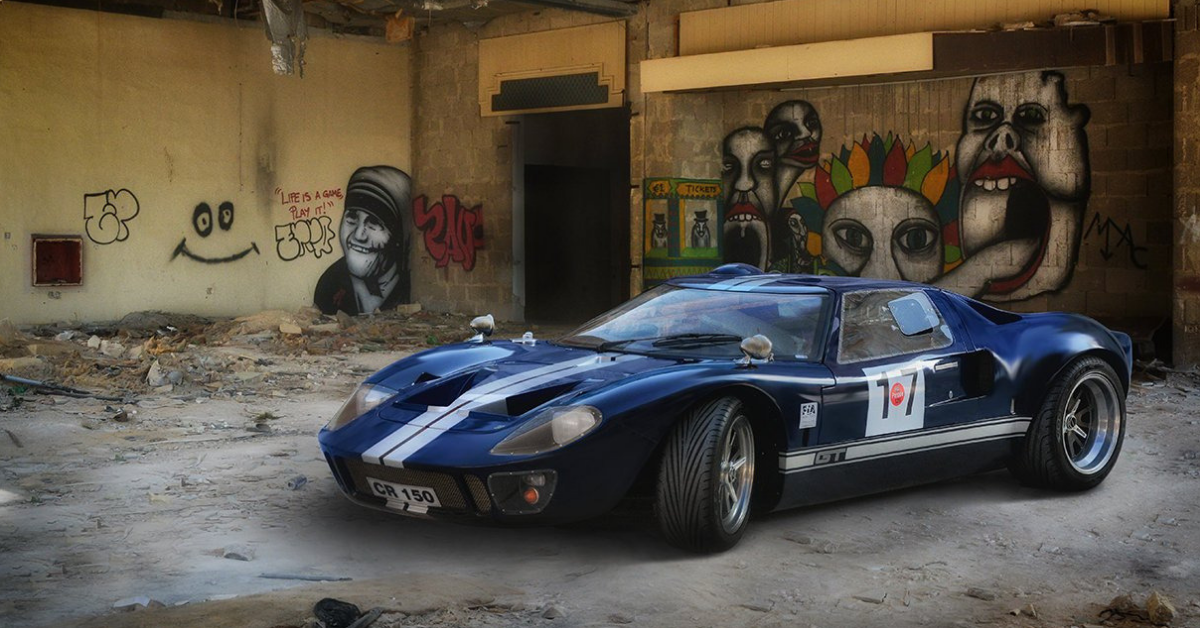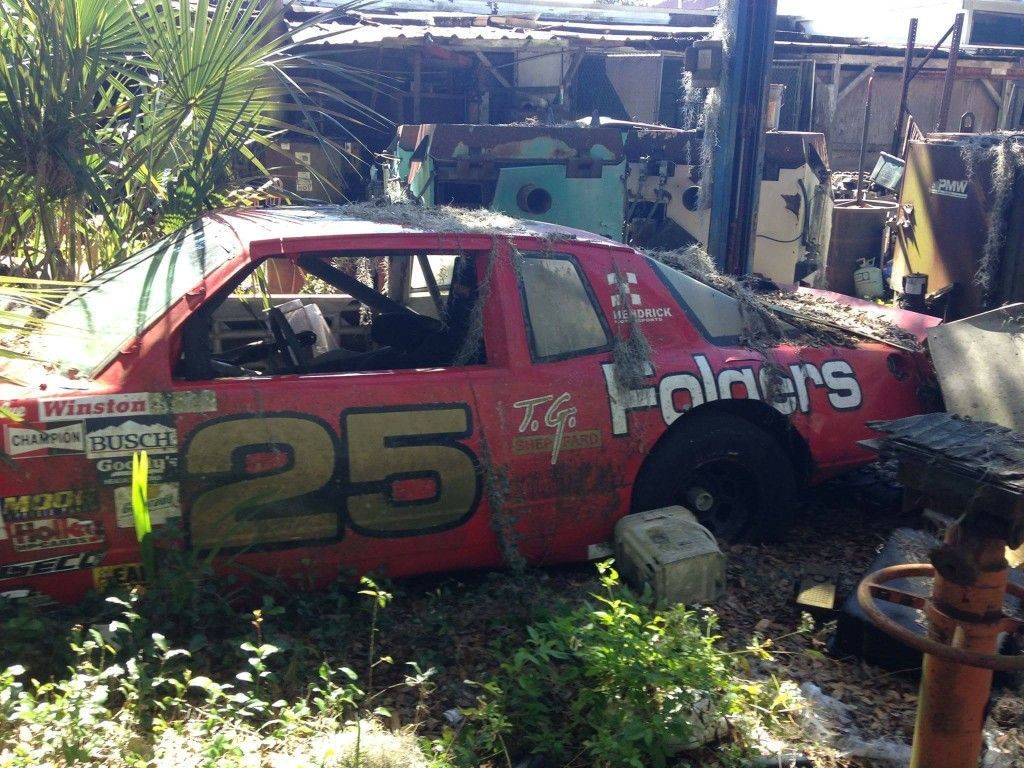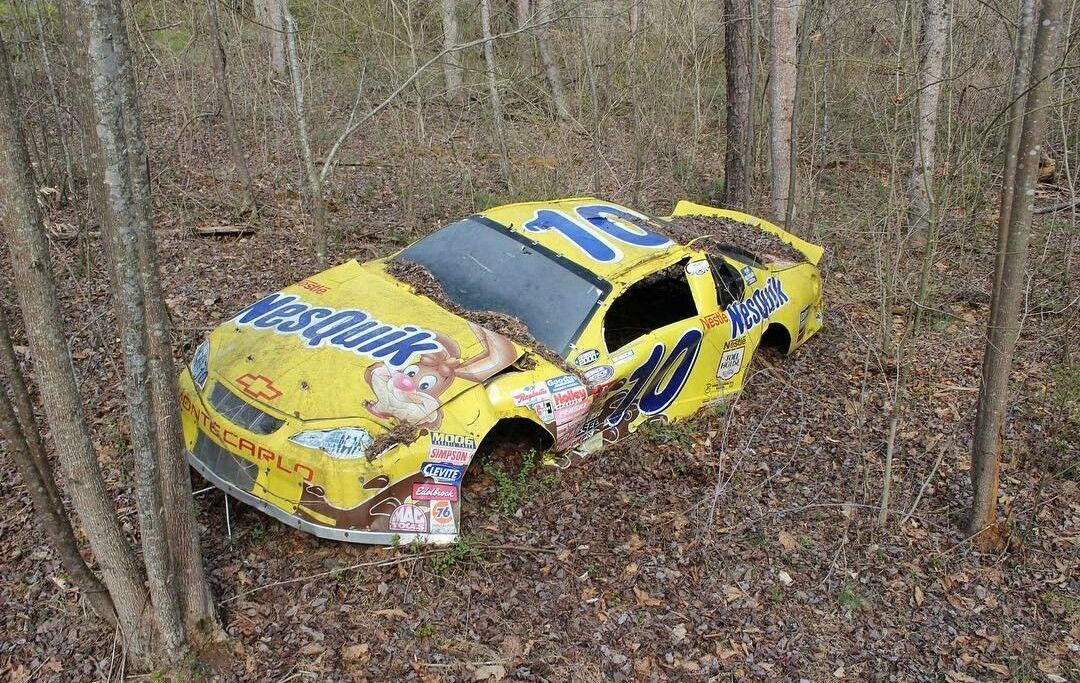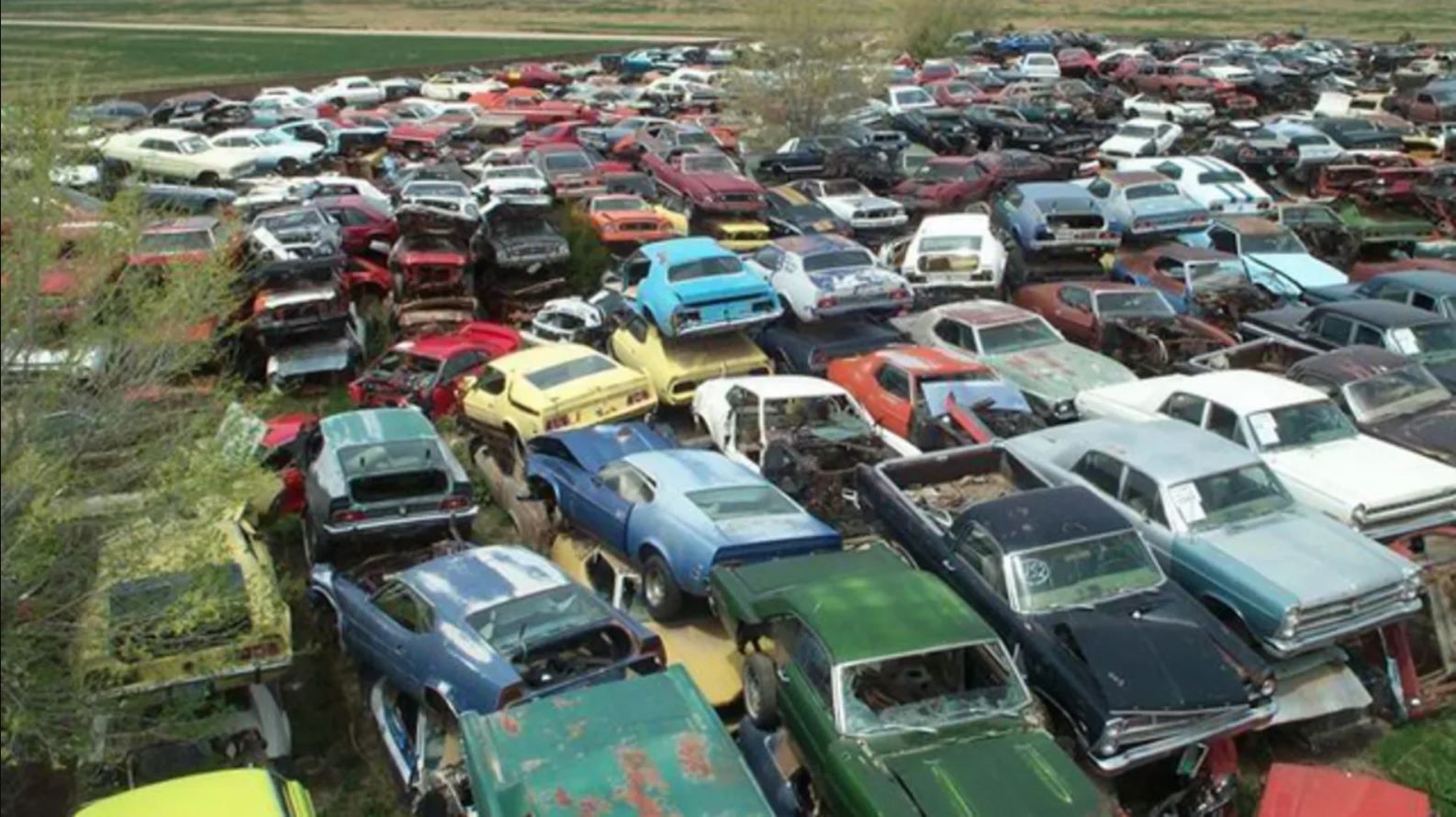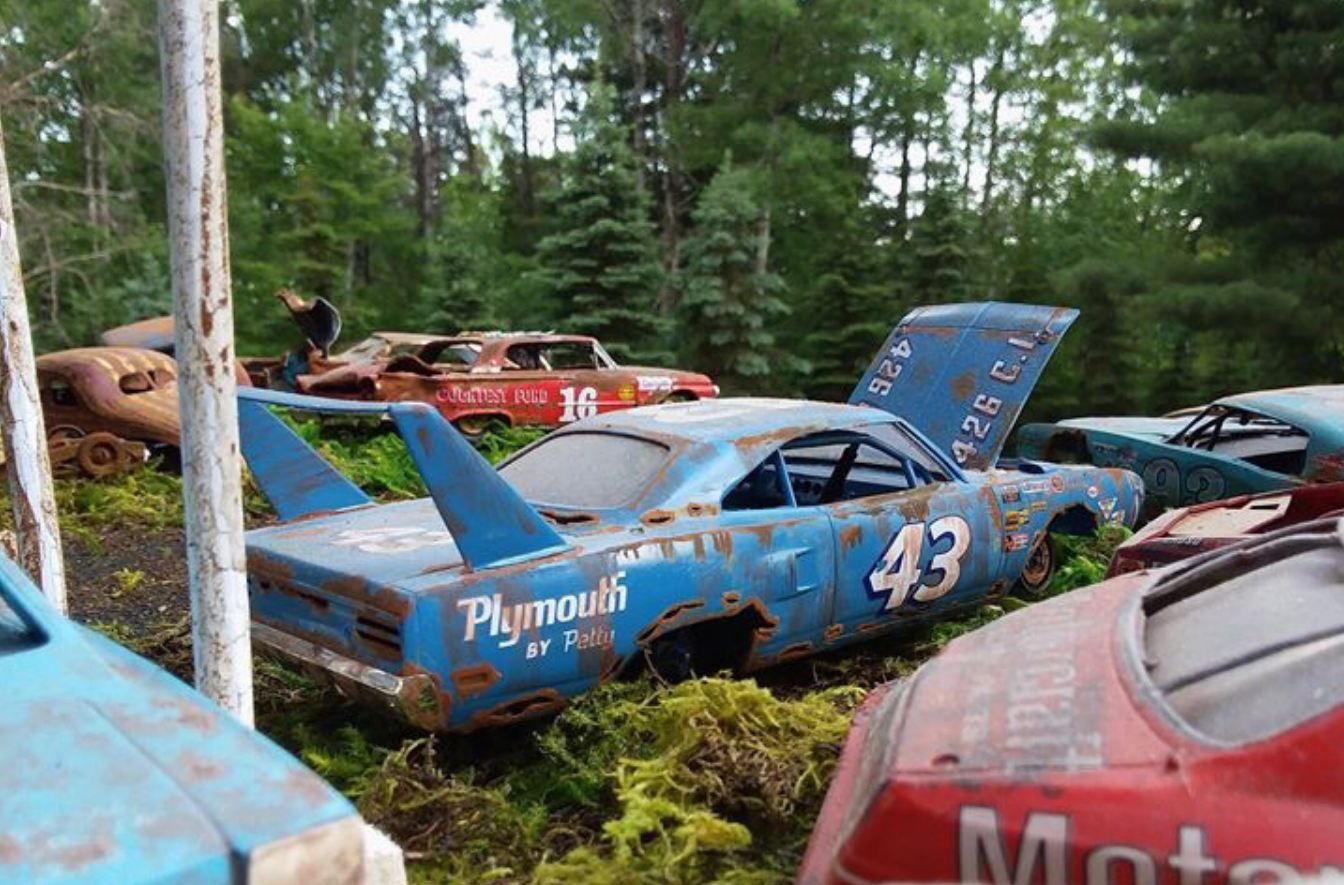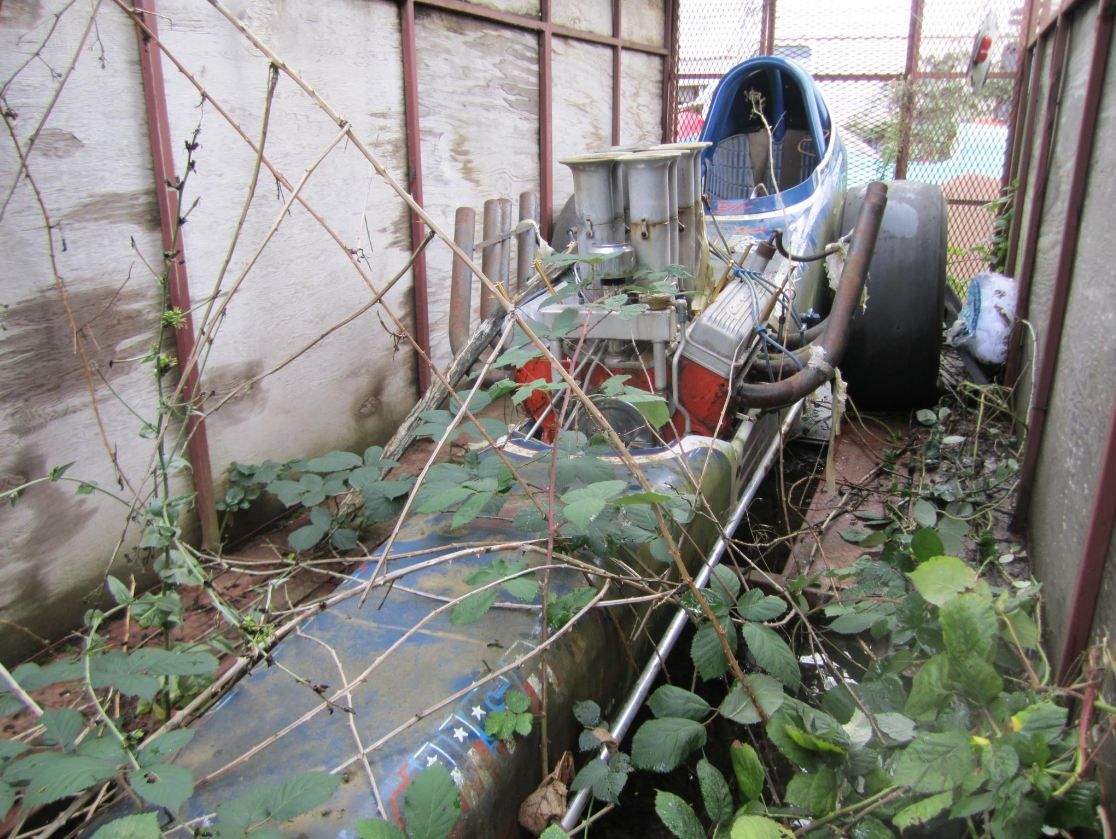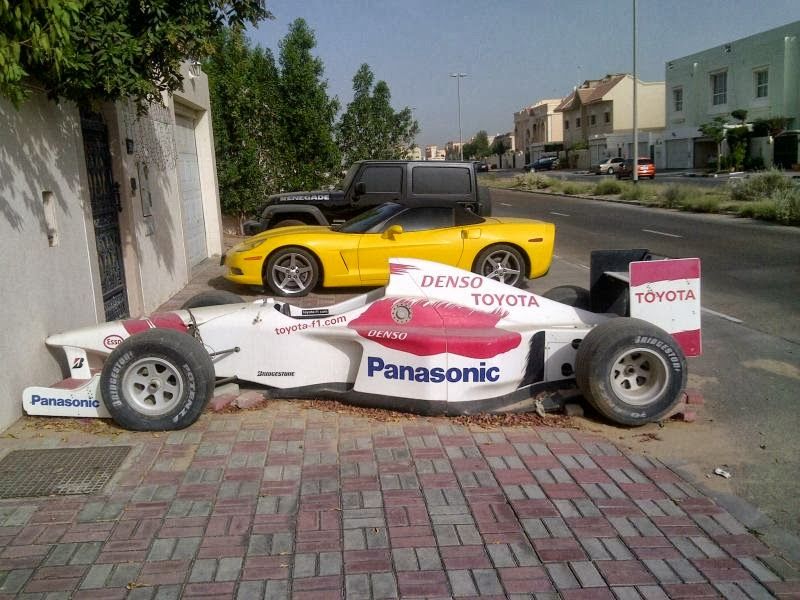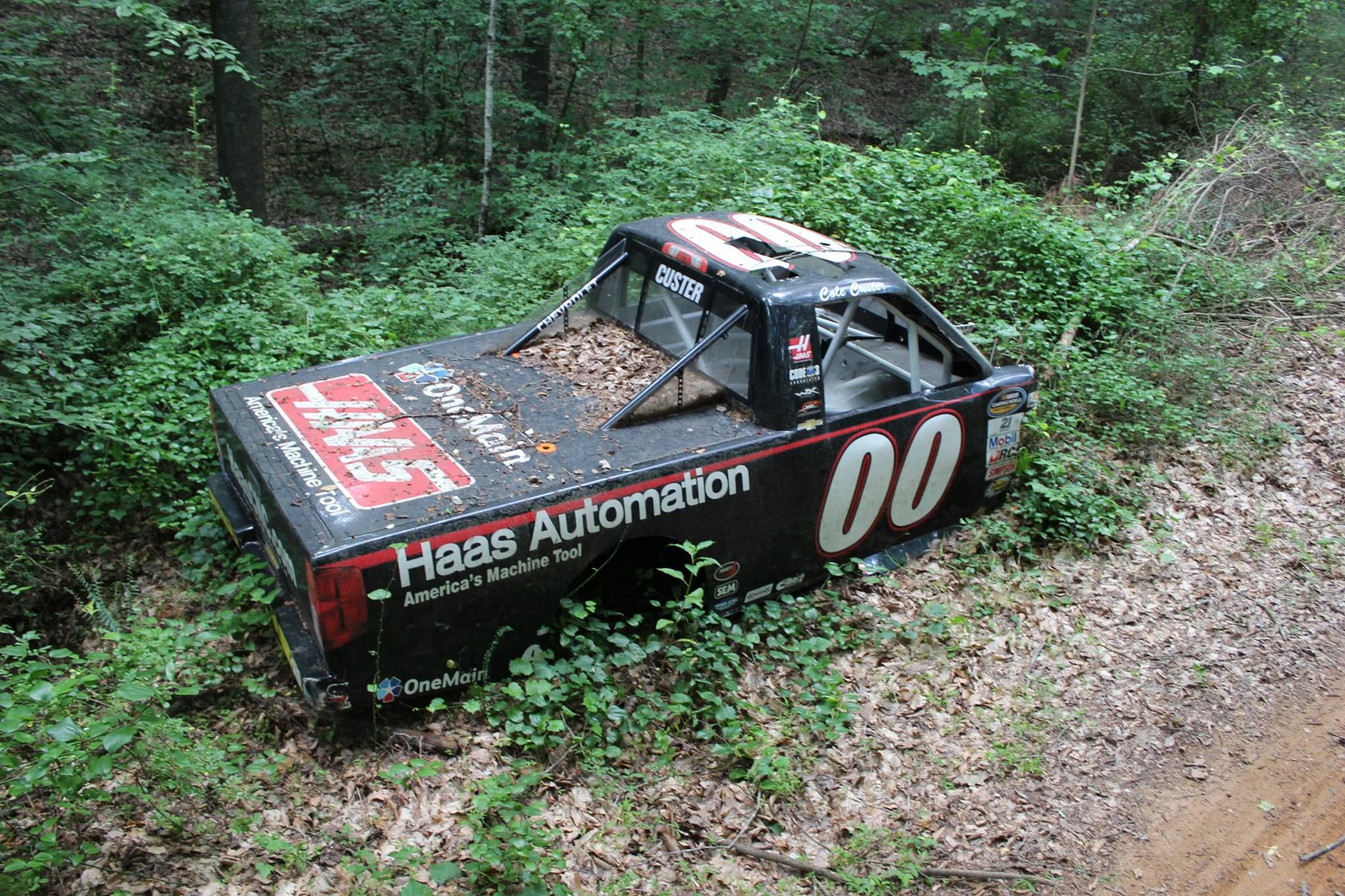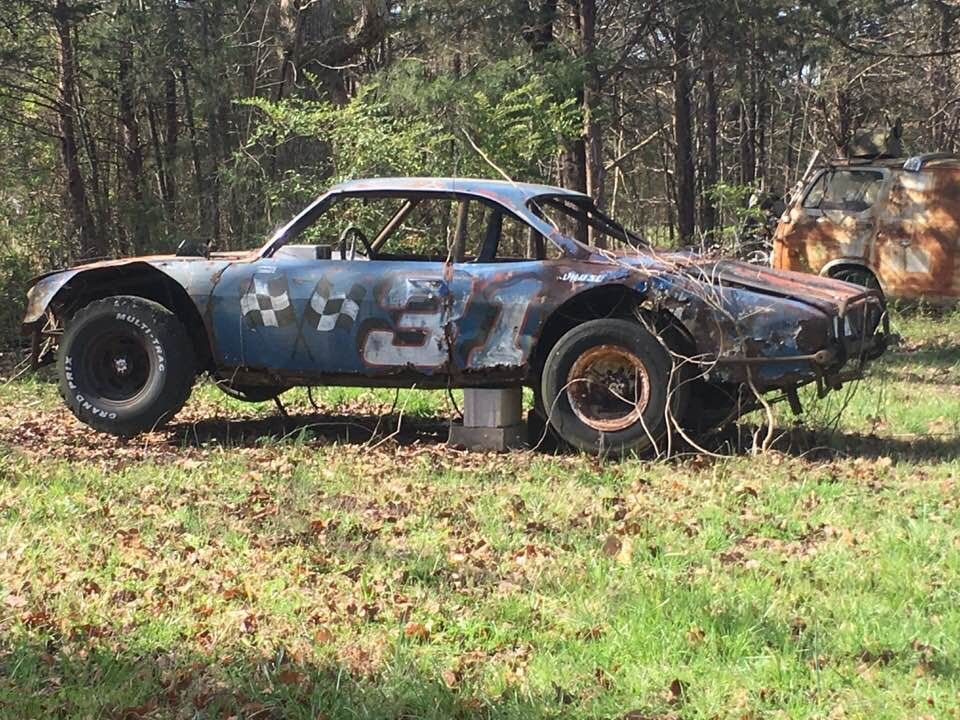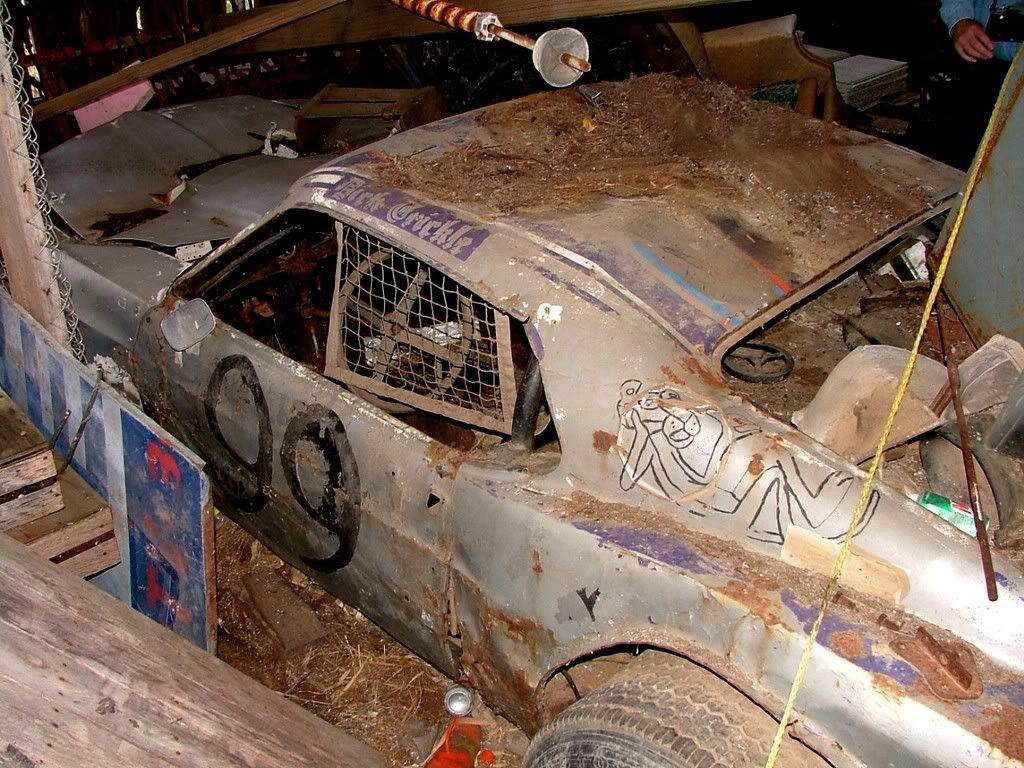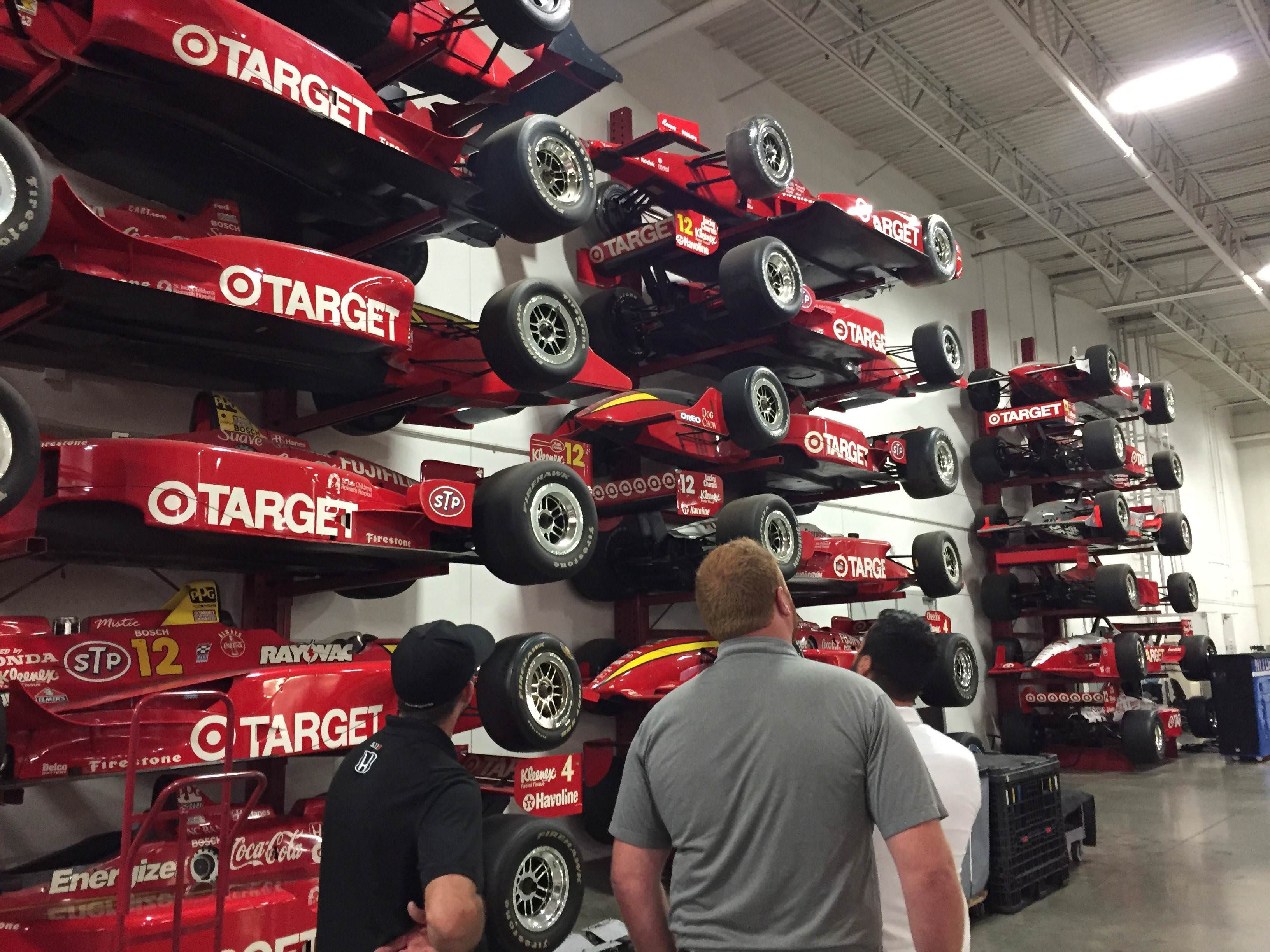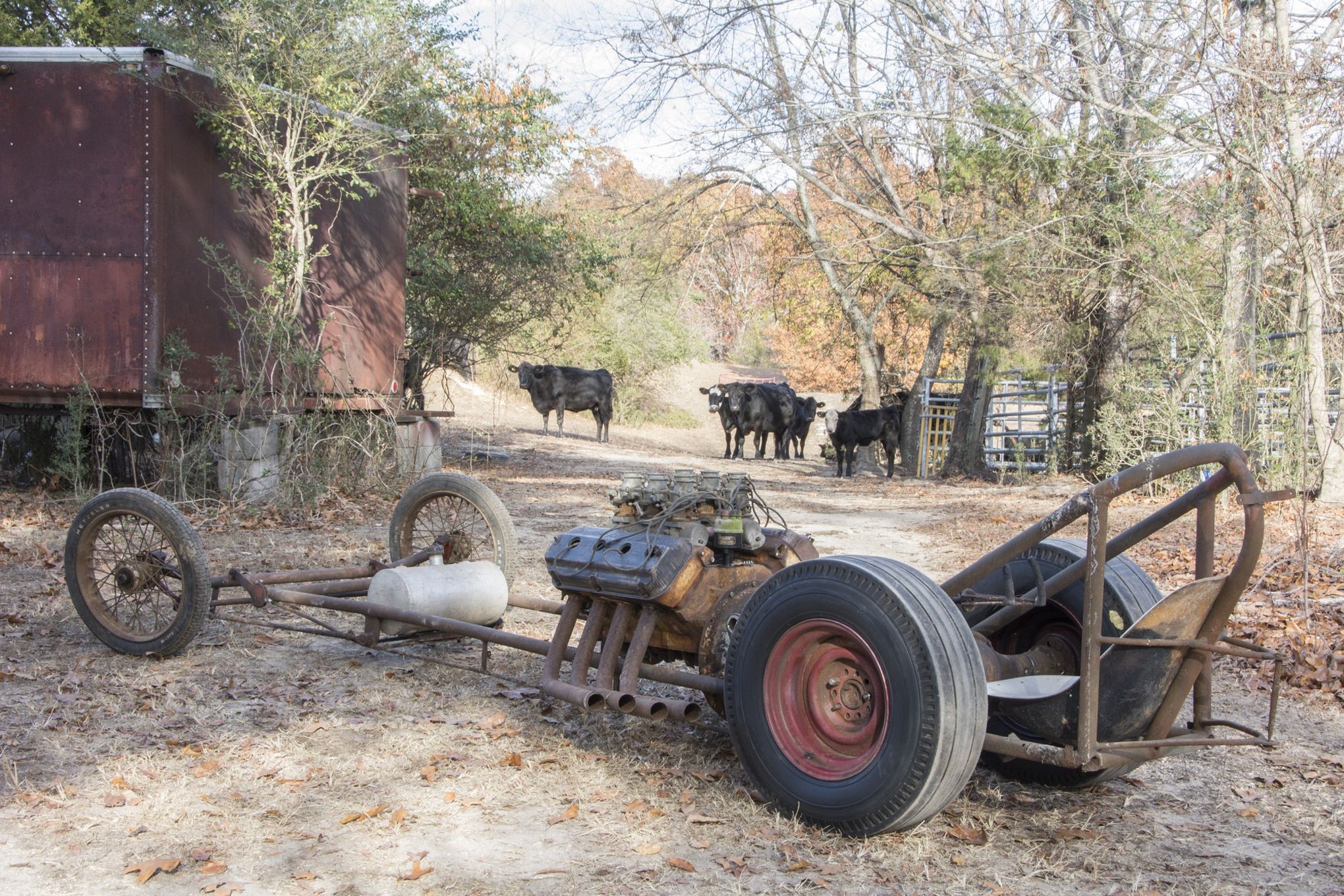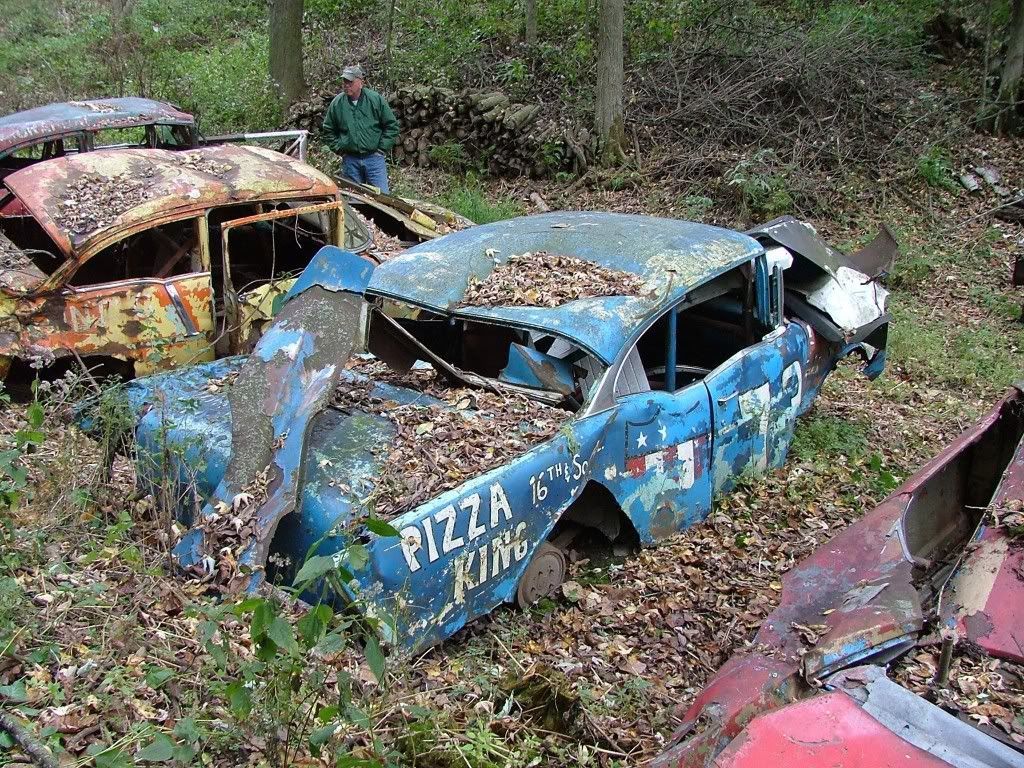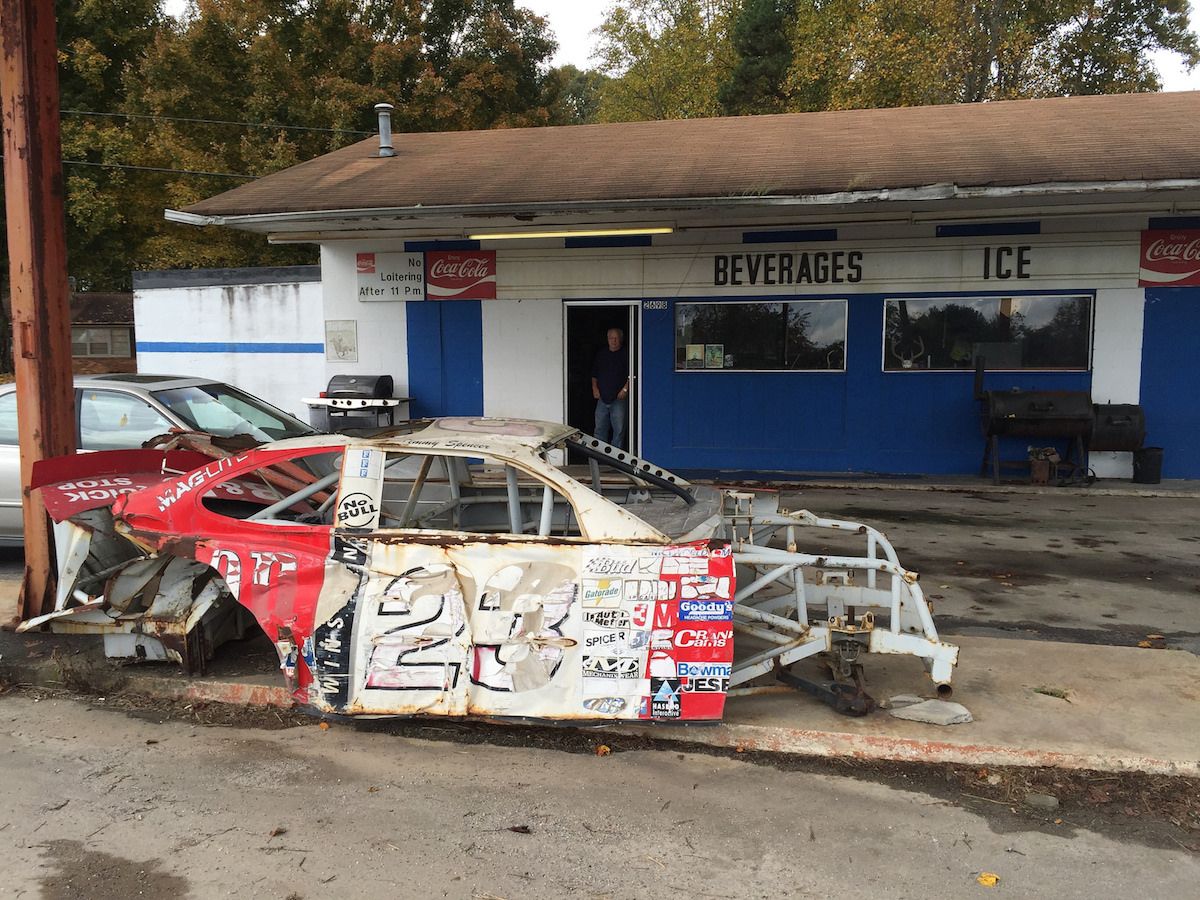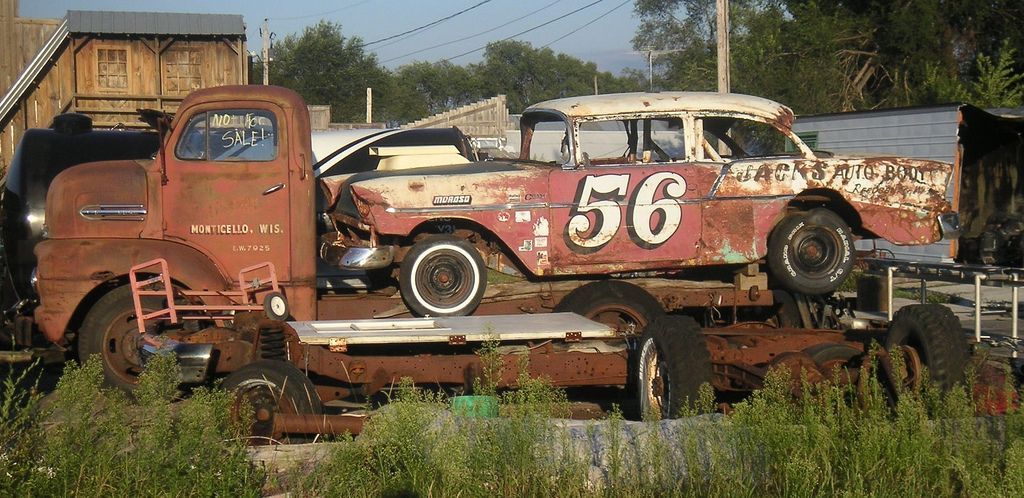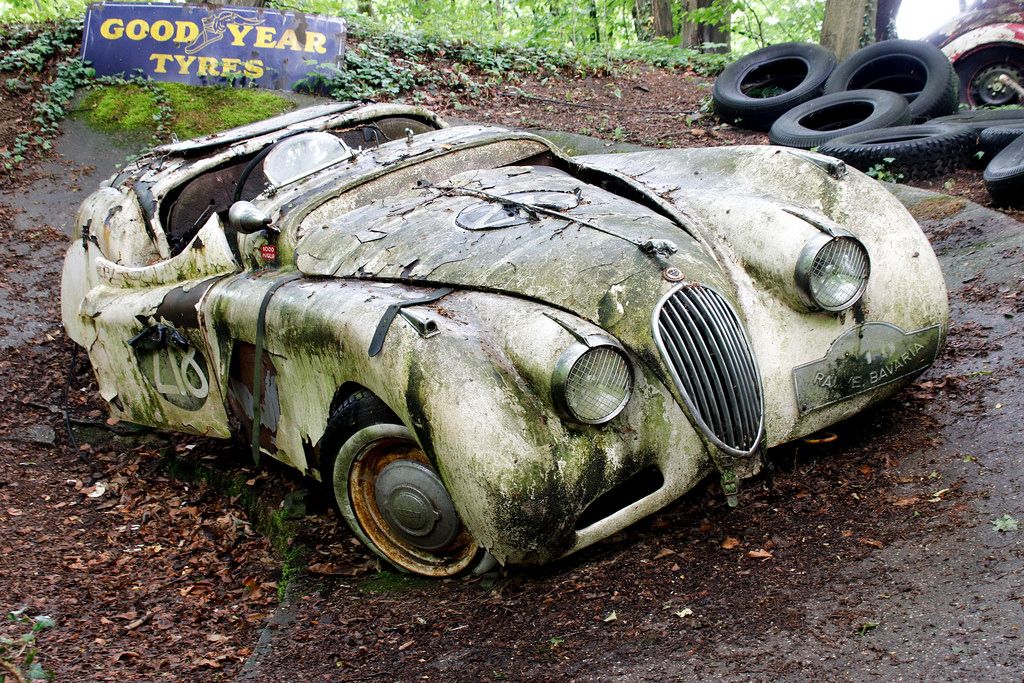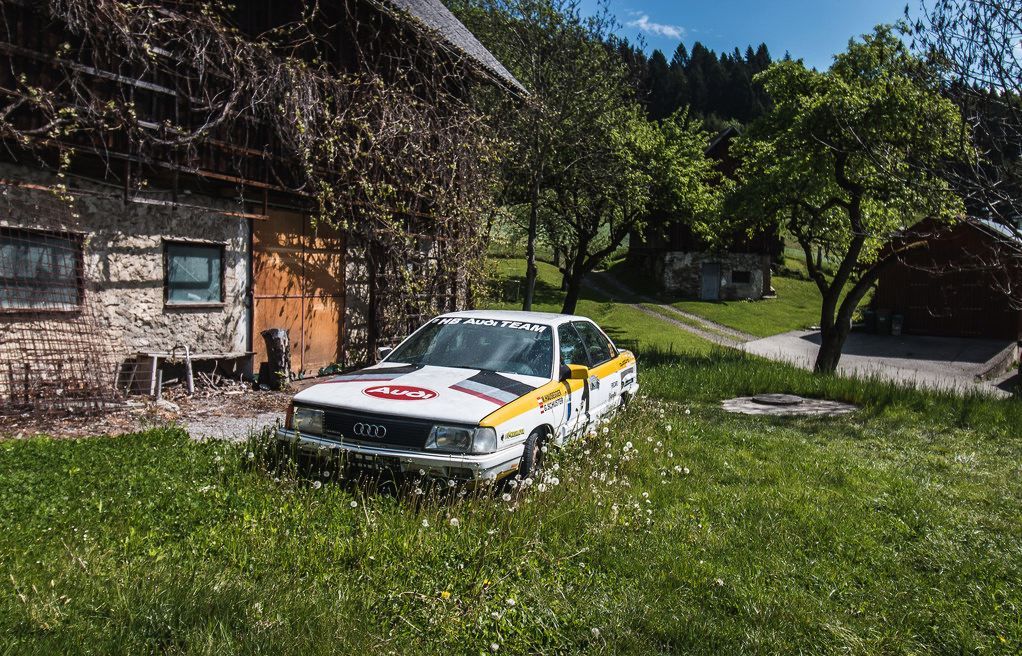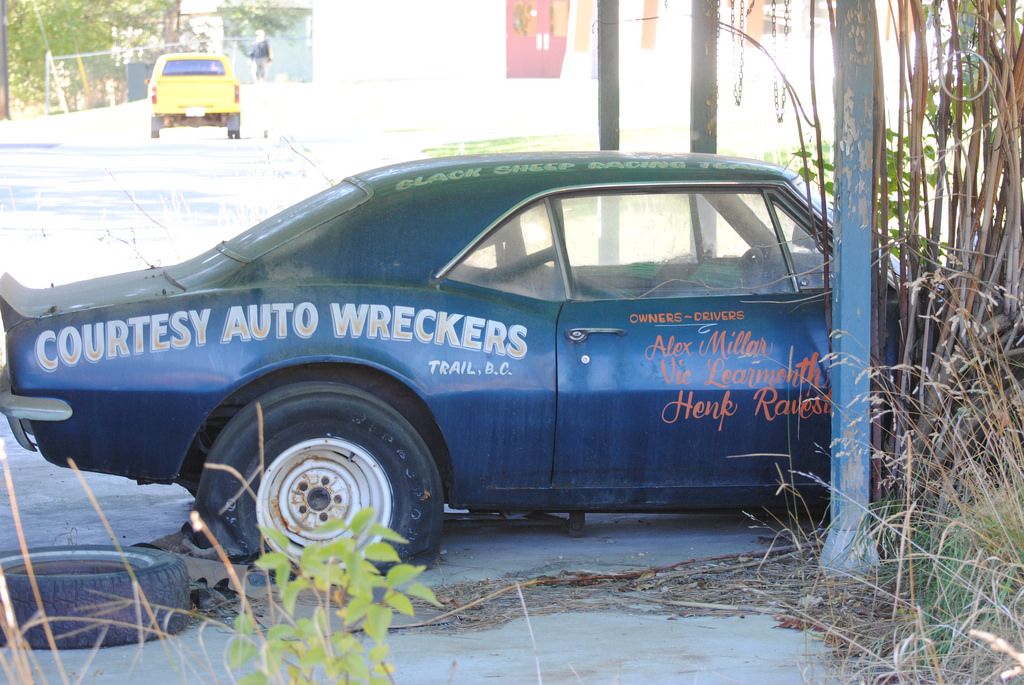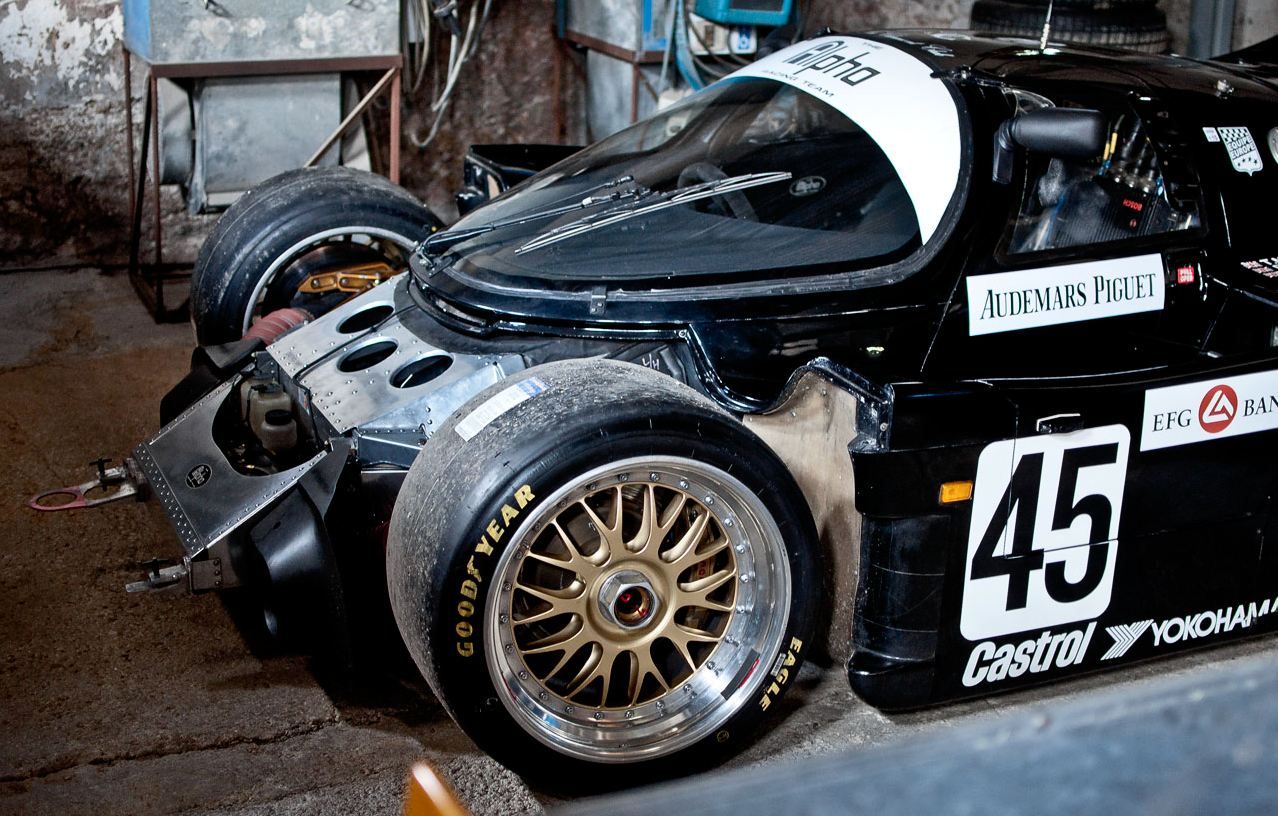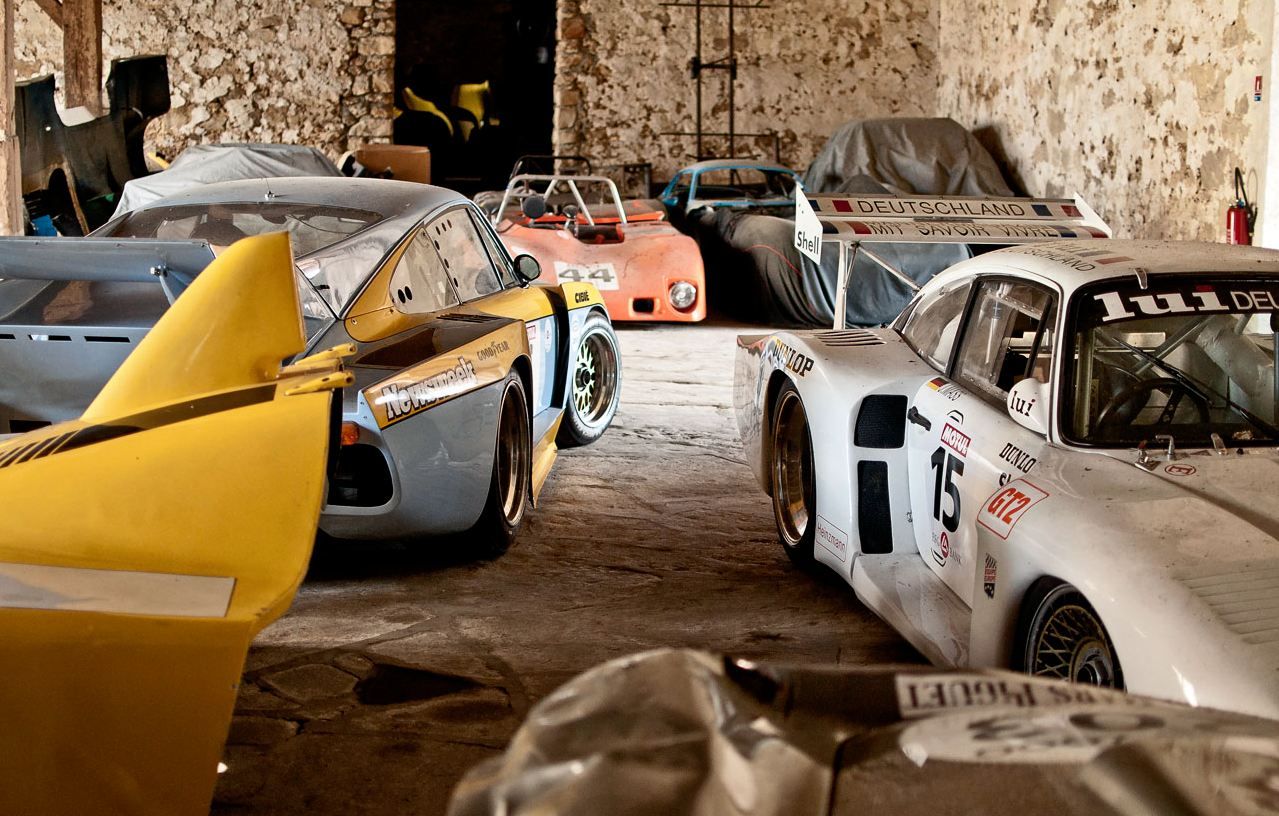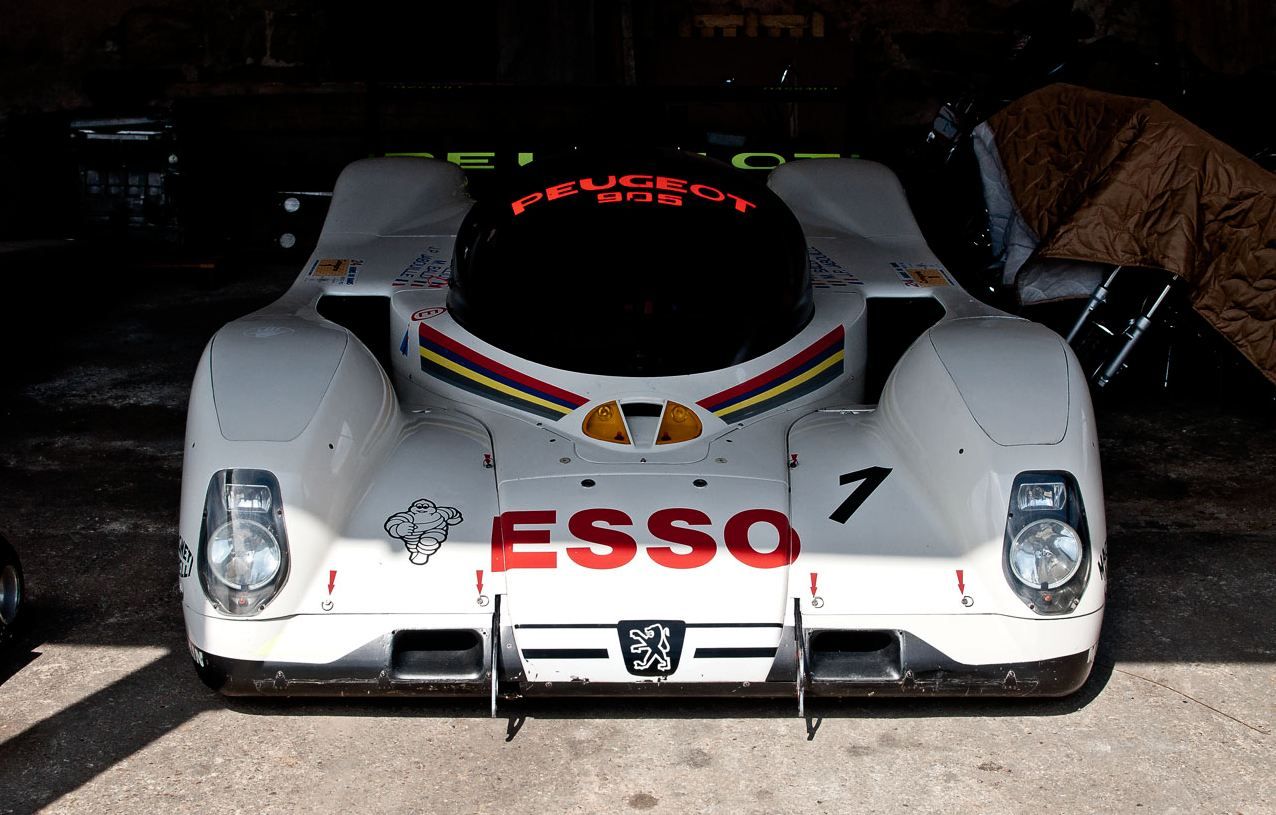If you were to ask NASCAR what they do with old racecars once they expend their useful service lives, they’d be proud to inform you that just about every part of a modern stock car is recyclable; they scarcely throw anything away.
“Nothing off a racecar should ever end up in a landfill,” says Louis Gordon of his North Carolina-based L. Gordon Iron and Metal Co.’s operations. “Everything can be reused. A car is 100% recyclable.”
While that may be a glimmer of hope for sustainability, it’s hardly the standard approach to the problem of a useless racecar taking up space in a garage somewhere. NASCAR is a big business (a really big business), and they can afford the additional environmental concerns without much detriment. They are more the exception than the rule.
Smaller racing venues and amateur leagues hardly bother to go through as much trouble. For one, if they can store a car whole, it makes for excellent rolling parts.
But what happens to racecars when they are no longer useful to us? What do we do with a rolling chassis after it’s been stripped of all the useful components and ancillary hardware? Many times, these cars get parked out in a field and forgotten, or they’ll get passed around from owner to owner, gradually diminishing in prestige until there’s nothing left but a pile of scrap metal to be taken to the crusher.
We’ve found exactly what happens to racecars in purgatory, and it’s actually pretty interesting.
20 Folgers Monte Carlo
Ever wonder who came up with Days of Thunder? Probably not, because you likely haven’t even seen the movie; but it was a NASCAR-inspired film, starring Tom Cruise, that was straight out of the ‘80s. Tim Richmond’s Folgers Monte Carlo would rack up victory after victory toward the end of the decade; Richmond would finish 3rd in 1986 (right behind Dale Earnhardt Sr. and Darrell Waltrip).
What goes up, must come down, as they say. Racecars don’t have a long service life, and even the #25 Monte Carlo would end up in a heap of trash amidst transmission jacks, five-gallon buckets, and industrial equipment. Nobody even bothered to seal up the window.
19 Nesquik Monte Carlo
The fourth-generation Monte Carlo ran from 1992 to 2006, and this particular car was quite successful. Piloted by Jeff Green, this body would start in almost 20 races – taking five victories with it during its lifespan.
Today, it sits in Dirty Mo Acres, Dale Earnhardt Jr.’s racecar graveyard. But it did hang (upside down) from the rafters of Earnhardt’s race shop for a while. When the body was damaged by a forklift accident, it became an ideal candidate for the graveyard and was donated to Dirty Mo Acres by Green, so that it could live on despite its useless capacity.
18 Mustang Graveyard
When you own a business named “Colorado Mustang Specialists,” people can assume two things about you; 1.) You’re based in Colorado, and 2.) You’re a specialist. Only one of these things happens to be true because this massive Mustang graveyard is located in Rhode Island (nearly as far from Colorado as a State can get).
It is, however, one of the largest muscle car graveyards we’ve ever seen. Therefore, despite the lack of credible proof that it has any “real” racecars, we figured hundreds of acres-worth of Detroit muscle would be enough to compensate for the false advertising. How often do you get to see triple-stacked car bodies, by the hundreds – consisting primarily of vintage muscle?
17 Petty’s Plymouth
What happens when you don’t make a rule for everything? The answer – anything! Next time you wonder why sanctioned racing has rule books thicker than the Bible, you can rest assured that someone, somewhere, tried to exploit a loophole to the max, thus drawing attention to it, and thereby causing its closure.
The 7.0L Hemi ran a pair of four-barrel carbs and featured design cues that baffled NASCAR to the point of prohibiting it. Many people think the wing was mounted so high to allow access to the trunk, however, this is hardly the case. “They asked me to make it go fast,” said John Pointer of his massive wing design, “so I put it in ‘clean’ air.”
16 Rusty Rail Job
According to Hot Rod Network, the way to tell what dragster was the fastest was to look for the ones that looked like “two rails, an engine, and four tires that someone sat on.” You couldn’t really call this sleepy little champion a “rail job,” per se, but it’s definitely not contemporary.
It’s also definitely not racing anymore – not on the quarter-mile anyway! Drag racing has come a long way since we bolted seats and engines to non-standard chassis and blasted down the strip with less safety equipment than a lawn chair. You’d just look at what the other guys were doing and simply added something to it.
15 Forgotten Formula
The story behind this car is vague, to say the least. It’s reportedly in Dubai, and we’re not inclined to argue with that, seeing as it’s a Formula replica (“replica” used loosely), lackadaisically parked in the street, five spots over from your basic Jeep Renegade.
It’s no secret what happens in Dubai; people get money; people spend stupidly; people go into debt; people try to flee the country before the UAE registers debts are in collections. It shouldn’t be hard to spot young money being foolish. Anyone that feels the need to drive something this flashy should hide it, at least. Plus, who drives a Formula car on the streets?
14 Custer’s Last Stand
Although this truck never had to battle it out in the Great Plains, it took to the track, piloted by Cole Custer, for a few hard races before its retirement. Stripped of everything valuable and/or reusable, the truck body sits patiently as weeds and grass slowly creep up the sides, into the body, and work to consume the pile of scrap metal that once rallied the cheers of hundreds of thousands of spectators.
Soon, we’ll all but forget that it ever existed. Nature works slowly, but she works steadily. The lack of maintenance means we won’t even be able to tell there’s a truck there after too long!
13 Lonely Number 31
Big-box racecars don’t live on forever, and while some of them may end up immortalized in museums, preserved in operational condition, most will be used, abused, and scrapped when they’re at the end of their ropes.
There are more racecars in the world than we even know what to do with, and just not enough space to keep them all. Rare finds like this give us a little glimpse into the history of racing; its dangers, its allures – its roots. The shabby modifications to the wheel wells, as well as the rudimental roll cage, suggest it lived an amateur career, sputtering to life in the garage of a local race mechanic for a low-budget race team.
12 Brotherly Love
Dick Trickle was a legendary short track racer in Wisconsin, later moving on to the big leagues where he would help carve the sport into a refined version of what it was when he began racing. He’s estimated to have won over 1,000 feature races, raced in more than double that number, and logged around a million laps on the racetrack (we stop counting somewhere after like, 500).
This racecar, owned by him in his pre-NASCAR days, was going to be restored by Kenneth Langreck (the then-current owner) when it mysteriously disappeared. It was later revealed by ABC that Langreck’s brother had sold the car, without permission, for unknown reasons.
11 Wall Of Formula
Formula doesn’t fool around! Packed with some of the most technologically-advanced hardware in racing, Formula cars are also among the least wallet-friendly things on the face of the planet. Chip Ganassi Racing is well aware of this fact, and has a wall of fame with millions of dollars in hardware, just hanging off the wall like lumber at a hardware store.
There are no price tags hanging off the cars, and you can’t buy them, but the memento to the Chip Ganassi legacy is said to contain almost every one of their racecars. It’s not your typical graveyard, and these cars are hardly forgotten, but it’s where all of these cars have been laid to rest for the foreseeable future.
10 Yard Scenery
Racecars live fast, they drive hard, and they die young. Their service lives may be filled with fame and glory, but the aftermath of the lifestyle leaves about as much open to chance as you could possibly imagine. While some cars end up on a wall of fame, others will get tossed into sheds and into unused corners of farmland.
Mid-western racecars tend to have fewer owners and stay in the family longer. Racecars that live in densely populated metro regions get passed around like a rental car from owner to owner, as limited space forces the old projects out in favor of shiny, new ones.
9 Tri-Five Tribulation
We all know what a super rare classic looks like rolling down the road, even if many of us can’t pinpoint their exact origins. The iconic Tri-Five Chevys (1955-1957) are recognizable on a global scale; they are the cars that shaped much of the automotive culture we know today, in their own way.
Unparalleled styling and voluptuous curves, proud and prominent features, and spacious interiors characterized the big-bodied cars of the mid-‘50s. It didn’t take long to figure out that you could race them – and race them we did. The tragedy that ravaged countless Tri-Fives during their racetrack heyday would be nothing short of a deadly sin amongst automotive collectors today.
8 Shadows Of The Past
Wilkesboro, North Carolina had a population of just under 3,500 people at the taking of the 2010 census; looking at it on paper, you’d never know it was the birthplace of NASCAR.
Walking through the streets however, you’d have to be blind to not know that stock car racing played a major role in the town’s heritage, from the inception of NASCAR in 1949, all the way up until 1996 when the North Wilkesboro Speedway was forever closed (except for a brief moment in time between 2010 and 2011). Skeletons of once-proud stock cars sit stripped and dilapidated, right out in the open, for the world to appreciate.
7 Double-Up
What does it take for a rusty piece of metal to become an iconic sliver of memorabilia of a bygone era? Certainly, a Ford Probe, sitting on the back of a rotted-out, 1992, 3500 flatbeds would be nothing but an eyesore to be disposed of; but the smooth curves and meandering body lines of a vintage cab-over-engine chassis is a classic edition for any Mid-Western debris field.
The combination of an old stock car, popped and blocked onto the frame makes it a perfect photo op for any aspiring photographer with an affinity for Detroit steel, and gasoline in the veins.
6 Rallye Bavaria
If you’re going to own a mystical vintage car graveyard, the key to doing it right is keeping it a secret. This will accomplish two things; 1.) Keep a majority of the lookie-loos off of your property, and 2.) Make it seem that much more mystical. If you knew exactly where you could find this 1948 Jaguar XK-120, you’d be crawling all over it, pulling parts off of it for souvenirs, and contemplating whether or not you could heist it without alerting anyone.
This one-time Rallye Bavaria participant still wears the nameplate of the event under its left headlight, alluding to its proud – but precariously dangerous – open-cockpit racing history.
5 Frozen In Time
This Audi sits in a natural flower bed outside a quaint cottage in the secluded countryside. It’s surprisingly clean for an outdoor car, having a very small amount of dust accumulation canvasing the paint stripes of its former rally days.
This car was left in the condition it raced in; the proud Audi logo still brilliantly and prominently centers itself on the flat hood; its numbering and team members have been preserved as a living memory of a bygone era of rally racing. As it sits, this car is miles and miles away from even being close to “race-legal,” which is half of the reason it’s so cool.
4 Courtesy Of Canada
The stories behind the ghosts of yesterday are intriguing to say the very least. Partly because it’s almost unthinkable to let classic hardware like a first-gen Camaro rust away to nothing on the side of the road – and partly because that unthinkable reason demands an explanation, an explanation that will never come.
These stories – the reasons why a person could walk away from something so rare and valuable – will likely never be solved. The only thing you can do, when you find an old drag Camaro tucked into an abandoned garage, is to chalk it up to the old saying, “One man’s trash, is another man’s treasure,” and leave it be.
3 Long Waits & Postponed Race Dates
What does the word “abandoned” actually mean? The number 45 prototype doesn’t outwardly fall under this category. It’s being held in storage in Europe – waiting the day it will see another race. The definition of abandoned, according to Merriam-Webster, is something along the lines of “left by the owner, without needed protection, care, or support.”
Although you couldn’t really apply that definition to number 45 (just yet), who’s to say what the future holds? People seldom leave expensive racecars behind (unless you’ve racked up more than your fair share of debts in Dubai). This is just how it starts. This racecar is one unforeseen circumstance away from never seeing a racetrack again.
2 Cobblestone Catacomb
Vintage racecars in storage are only a technicality away from becoming a burdensome liability (one that’s to be dumped at the first sign of trouble). It’s almost heartbreaking, in a way, as there is absolutely nothing wrong with these vintage racecars. Aside from a motor reseal and a few inspections, they are otherwise (give or take) ready to hit the racetrack.
But the question is, “what racetrack?” What sanctioned racing even allows out-classed, outdated racecars to participate in any official races? Aside from a heritage event, which does occur (and rather frequently), there is really nothing for most of this vintage machinery to do.
1 Reprieve or Retirement?
The intent, when storing a racecar, is never to hold onto a piece of equipment that you know you’re going to dump somewhere down the line. If that was initially the case, it would make more sense to just dump the racecar off at the first available opportunity and be done with it.
One stores a car (or cars) with the intent on doing something spectacular with it (them) “when the time is right.” However, racecars live a fast life (no pun intended), and even racecars (that are perfectly preserved) from bygone eras are quickly running out of reasons for which to keep them around. It’s ultimately a losing battle of attrition, one that has only one winner: Father Time.
Sources: Dale Jr., Four Tier Forum, Jalopnik, Stock Mopar, Road and Track, Hot Rod Network, 95 Customs, The Drive, Automoblog.

